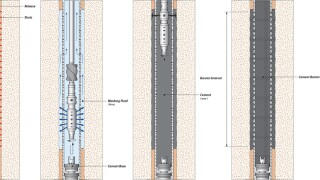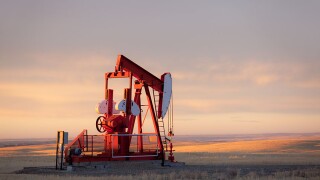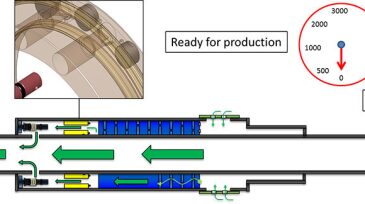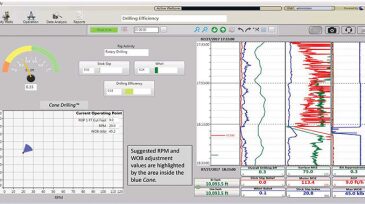Drilling
Oil and gas companies drilled 75 “high-impact” wells in 2024, representing 5.2 billion BOE.
This paper presents a comprehensive literature review of perforate, wash, and cement techniques that compares new methods with traditional ones and uses field cases and computational fluid dynamics to find the most cost- and time-effective practices without sacrificing safety.
The authors of this paper describe a method of stimulating a multizone hydrocarbon-producing well wherein a tool is deployed downhole by wireline to generate acid vapor at a target depth, allowing each interval to be treated uniquely.
-
Money is the root all of startups, but getting it and making more of it depends on dealing with demanding people.
-
Environmentalists have sued a US agency to try to stop it from allowing oil and gas drilling on a vast stretch of federal land in Nevada, where the government is reversing protections put in place 9 months ago under the Obama administration.
-
The boom in organic shale plays has revealed the critical need to size hydraulic-facture treatments correctly to achieve commercial success.
-
This paper discusses the first deployment of an ICD system combined with an OBC system for a workover operation in a mature producer well in the Kingdom of Saudi Arabia.
-
This paper describes a collaborative effort between an operator, a drilling contractor, and a service company to introduce specific aspects of automated technology to a major drilling operation.
-
Over the past year, workshops and symposia have made it clear that consideration of data and digitalization plays an important role in transforming companies in the drilling industry. Systems automation requires a digital backbone and offers significant performance, cost, and safety benefits.
-
This paper presents a method that quantitatively evaluates the risk levels of a drilling-operation plan as a function of the underlying uncertainty associated with its description.
-
A work flow that combines optimization of the drillstring and bottomhole-assembly (BHA) design during well planning and then applies advanced surveillance tools to a well-trained drilling crew yields reduced vibrations and higher drilling rates.
-
Asphaltene precipitation and deposition in production tubing and surface facilities are well-documented issues, and different methods are available to manage them.
-
Researchers have developed a drilling-data-aggregation and -distribution system that seamlessly integrates all forms of data, file types, and communication protocols and incorporates human-factors engineering in the design.













